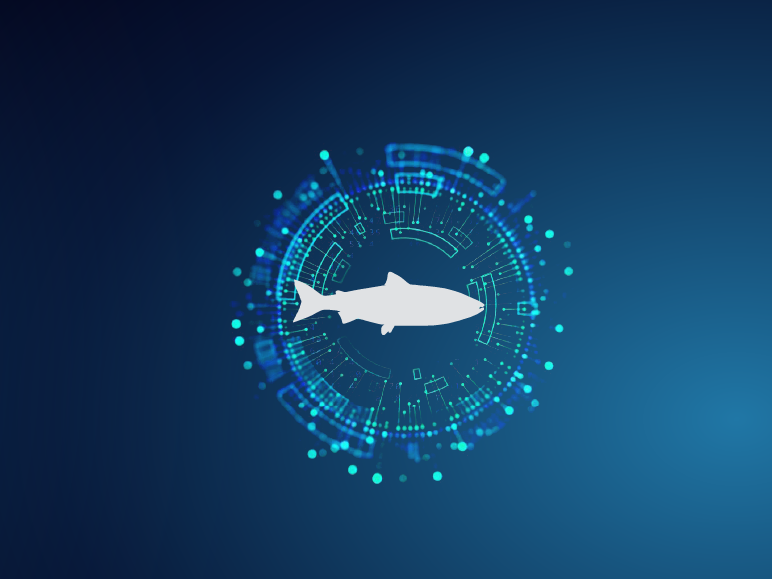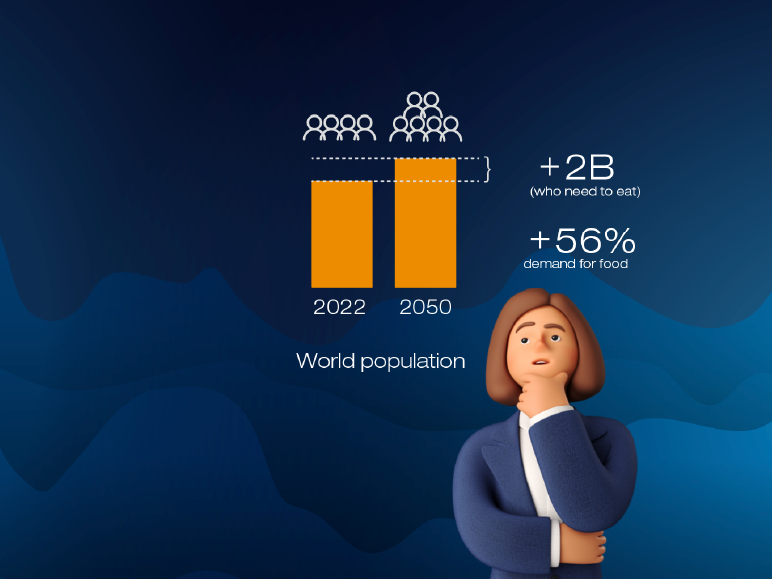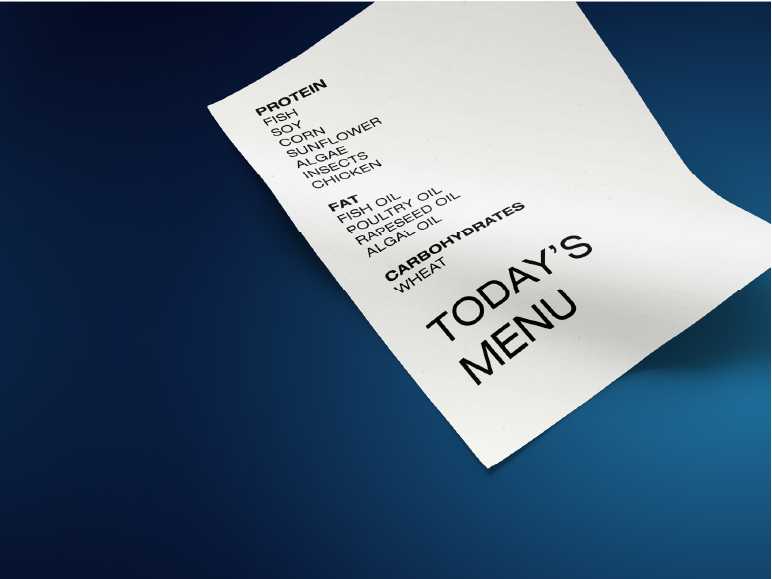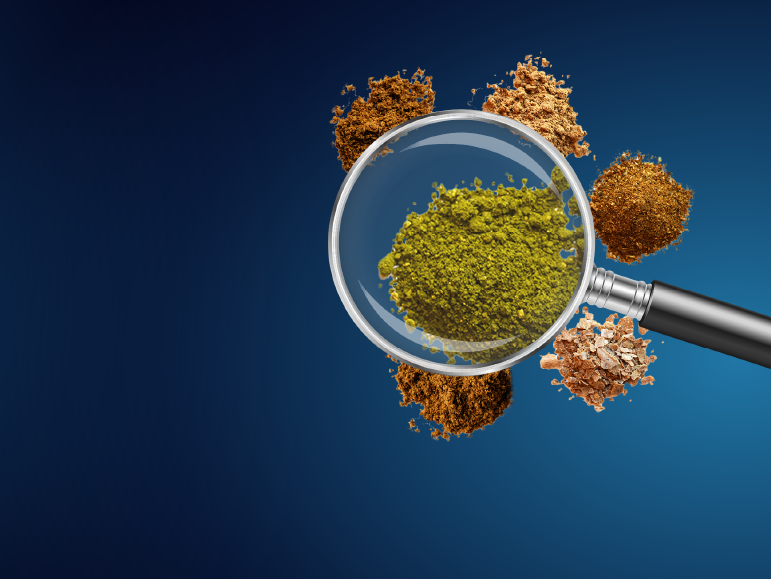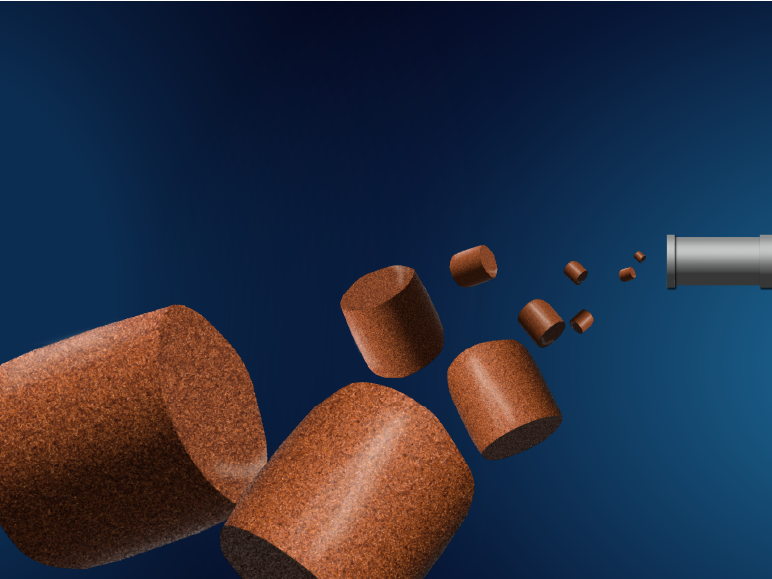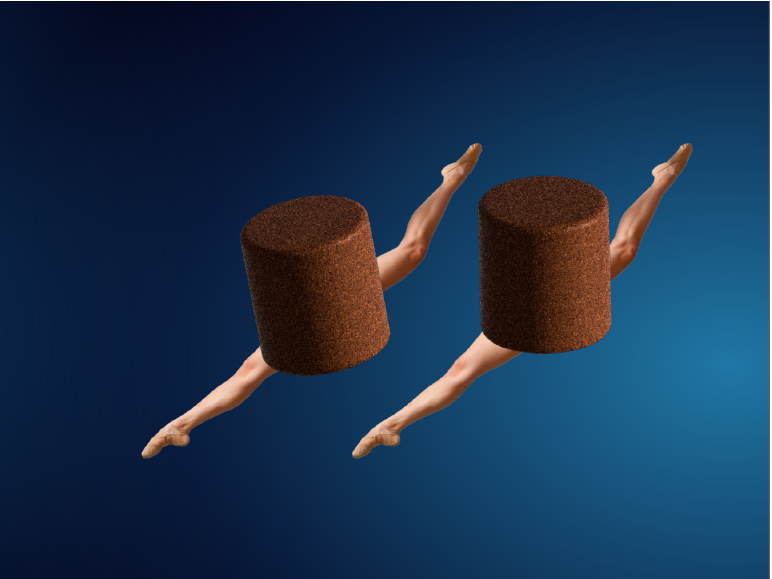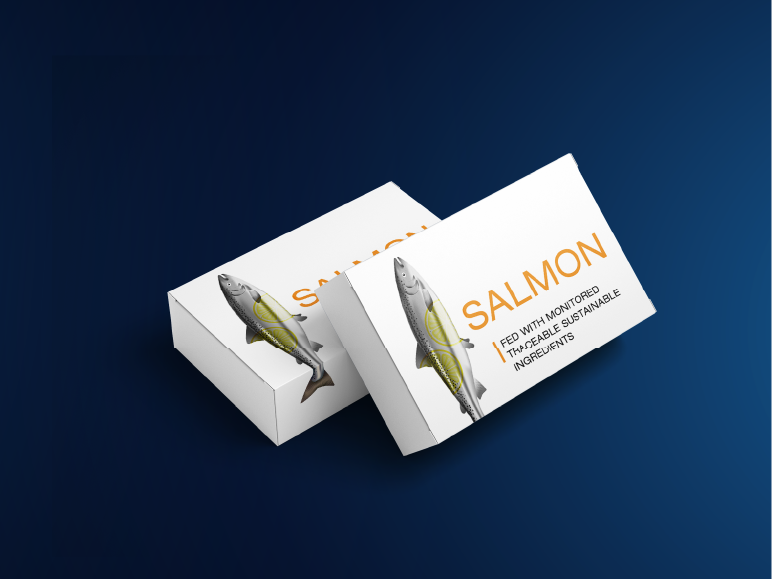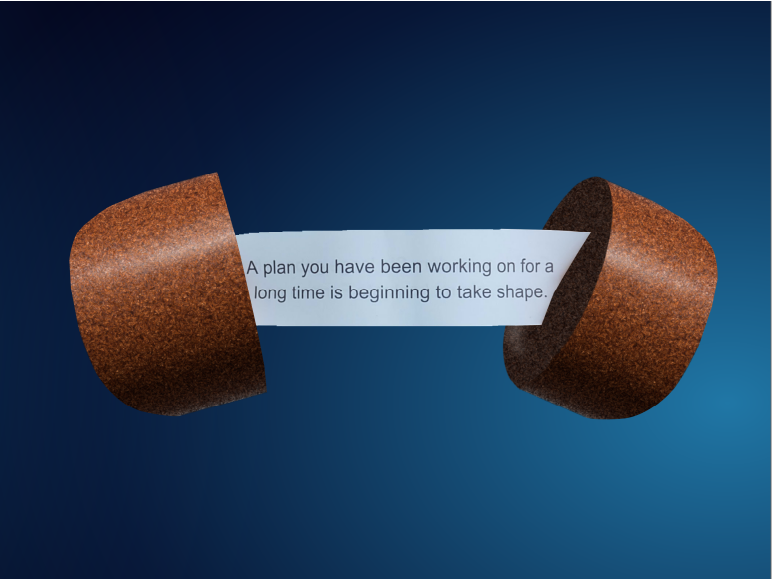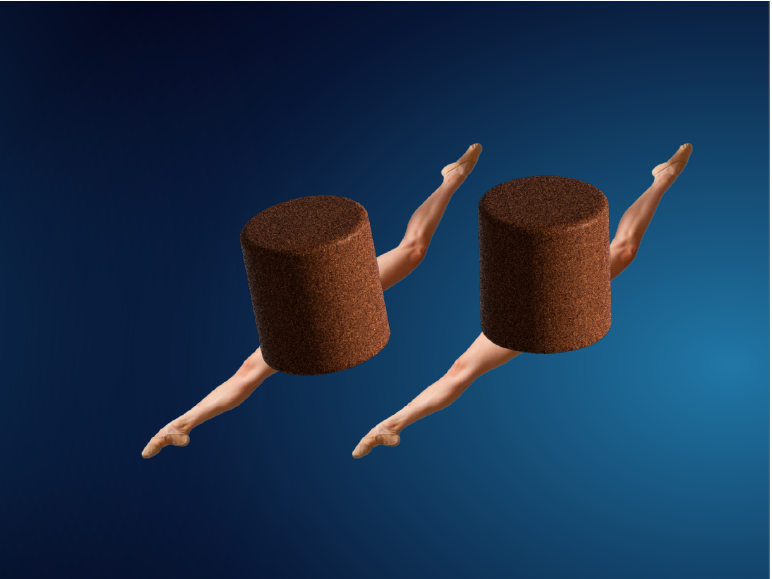
Aside from having to pack a nutritional punch and be appealing to eat, AND produced using technology matched to the farming system, the pellet itself has to have very specific physical characteristics.
It needs to:
- hold it's shape
- not be dusty
- not be oily
- be digestible
- not leak nutrients
- and sometimes also ensure the faeces stays together out the other end!

